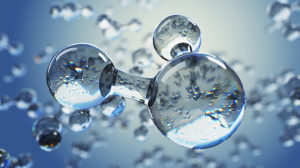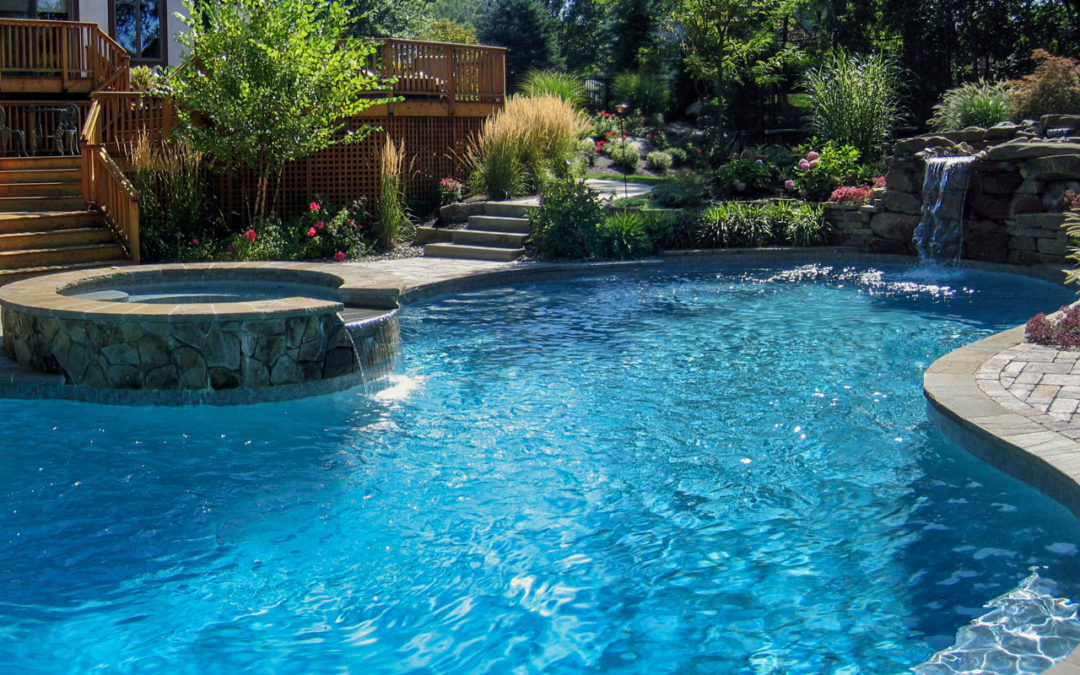This past summer season has continued with greater than usual temperatures. For pool owners, those higher temperatures can create unnecessary problems that could rack up your maintenance bill. The first rule of thumb as a pool owner is to have a proper pool maintenance program in place from an experienced team of professionals. Anything outside of your ordinary plan is what you need to be on the lookout for. Let’s dive in and cover how to avoid pool problems in high Florida temperatures.
Two crucial aspects of successful pool care are 1) water chemistry at the correct level and 2) correctly running equipment.
 Appropriate Water Chemistry
Appropriate Water Chemistry
When the weather is especially hot like it was this past summer, water chemistry becomes extremely important. As a suggestion, here are a few guidelines to follow according to chemicals and their appropriate levels.
Test Weekly To Avoid Pool Problems
- Chlorine levels—2.0 to 4.0 ppm
- pH levels—7.2 to 7.6
- Cyanuric acid levels—30 to 90 ppm in chlorine swimming pools, 70 to 90ppm in saltwater pools
- Salt levels in a salt pool—2700 to 3500 ppm
Test Monthly To Avoid Pool Problems
- Alkalinity levels—80 to 100 for salt pools, calcium hypochlorite, and liquid chlorine pools; 100 to 120 for dichlor and trichlor pools
- Calcium firmness—200 to 400 ppm
Here are a couple of tips regarding water chemistry:
- Evaluate your water at least once a week. Check the chlorine, pH, and cyanuric acid levels on a weekly basis. If you have a salt system, we recommend testing the salt regularly.
- Use your test set! Even experienced professionals like us still evaluate our clients’ pool’s water levels. There is no other way to ensure a pool’s water chemistry is in the correct range by simply looking at the water.
- Keep your chlorine on the higher side, but at least at 2.0 ppm. Evaluate it on a regular basis and do not let it fall below that level.
- Chlorine is far more effective when the pH rests at 7.2 than it is at 7.6, so keep your pH in the lower half of the range (between 7.2 to 7.4).
- Be sure your cyanuric acid remains in the correct range as well. Cyanuric acid is thought to be the “sunscreen” for the chlorine. Without “applying” cyanuric acid this time of year, your pool cannot operate effectively. Cyanuric acid is just as important if you have a salt system in your pool.
Pool Problems Regarding Pool Equipment
Having pool equipment that operates properly in higher temperature is essential. The following are a couple of pointers from the front lines regarding pool equipment:
- If you use a timer on your pump, be sure it’s set to run for a minimum of 10 hours each day. It’s simple—for the pool water to remain clear, the pump must be running. A longer duration may be necessary for a saltwater pool because this type of system completely depends on the pump.
- If you do have a salt system, make sure that it’s turned up to the required level for your pool size. Although all pools are different, we suggest that salt systems run at least 80{49719dccefdf8f13231f745f8029506257ec6f55a0466a63a6a49aacfde2ef6e}, if not 100{49719dccefdf8f13231f745f8029506257ec6f55a0466a63a6a49aacfde2ef6e}, throughout this hot weather.
- If you are uncertain how to do this, read your operating directions or better yet, call Erik’s Aquatic Care and we will help!
- Be sure to keep your filter backwashed (or cleaned up).
If you see something that’s not operating properly, give us a call and we will make the required repairs and provide guidance moving forward.
Plan ahead your pool cleaning and maintenance schedule so you know what’s coming at least a week in advance. Are you having a celebration party or a family get together? Do you have a canine that swims? Is it anticipated to rain? Addressing concerns like this can guarantee that your pool water stays clear and beautiful, and you prevent cloudy or dirty water and algae blooms.
Erik’s Aquatic Care is always here to answer questions you may have as a current or future pool owner. Cheers!

